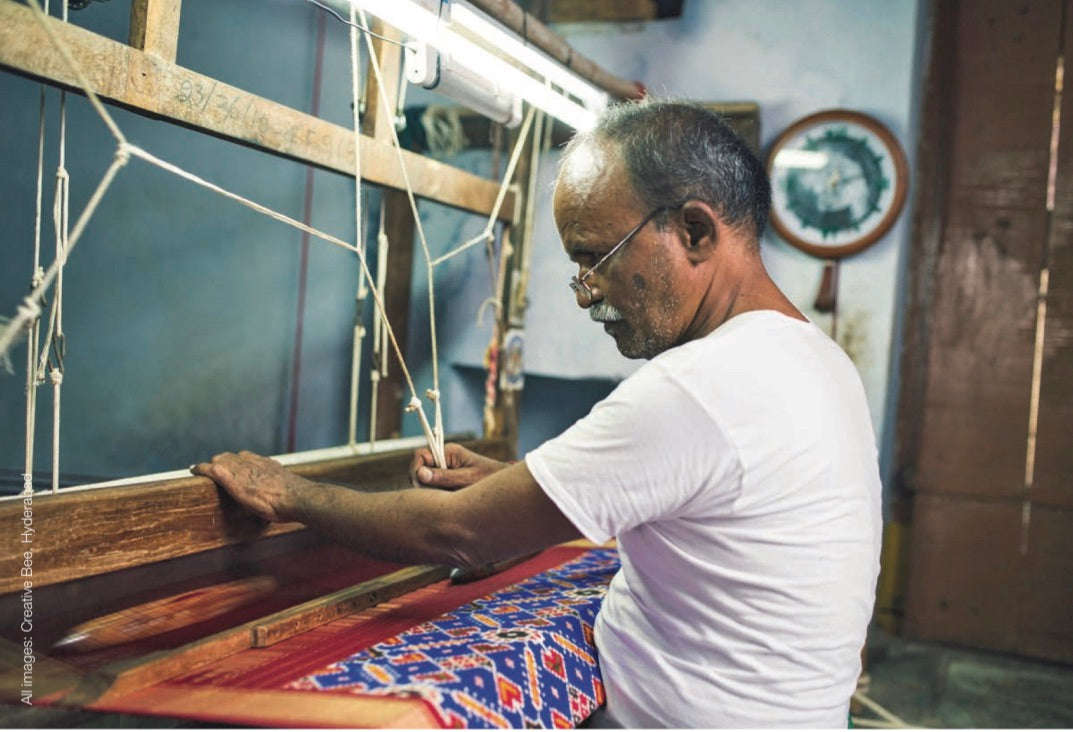ARTISANAL WONDERS
Bina Rao, designer, consultant, and founder of Creative Bee, a Hyderabad-based design studio, has launched Kabir, a label of handloom textile products and handicrafts aggregated directly from artisans. Brinda Gill writes.
"Mann lago mero yaar fakiri main
Bhalaa buraa sabka suun lee je
Kar gujraan garibi main
My mind now cherishes renunciation
Listen to the appreciation and criticisms of everyone, Live your life with simplicity"
Inspired by the above words of the mystic poet and saint Kabir extolling simplicity, introspecting her journey of establishing a design studio, and keen to give back to the artisan community, designer Bina Rao, founder of Creative Bee, a social business-based design studio in Hyderabad, decided on launching a handloom label titled ‘Kabir’ This is a brand with a difference because it offers handloom textile products and handicrafts sourced directly from the makers—the artisans. Therefore, Kabir bridges the gap between remotely located artisans and customers, who are passionate about handloom products but cannot choose them as a viable, affordable option.
THE BACKBONE OF THE TEXTILE INDUSTRY
“After agriculture, the handloom industry is the second largest employment provider for the rural population in India. However, if we look at designer-oriented handcrafted products, they form less than one per cent. So how is the rest of this sector to survive and grow?” asks Bina. She found her answer by conceptualising Kabir, a label wherein handloom textile products (as well as handicrafts), namely yardages, saris, dupattas, and stoles are aggregated directly from artisans.
“Kabir is an initiative to promote the work of rural artisans and their handicraft skills where design intervention and quality control cannot reach, and bring these original handmade products directly to the urban customer at affordable prices. This process does not take in the profit of traders, designers, non- governmental organisations, cooperative societies, and retailers, thus making the products reasonable for mainstream customers. This, in turn, would increase the demand of these products,” Bina says.
(This story appears in the August, 2019 issue of Apparel Magazine, page no. 86-90) Read the full article here.

